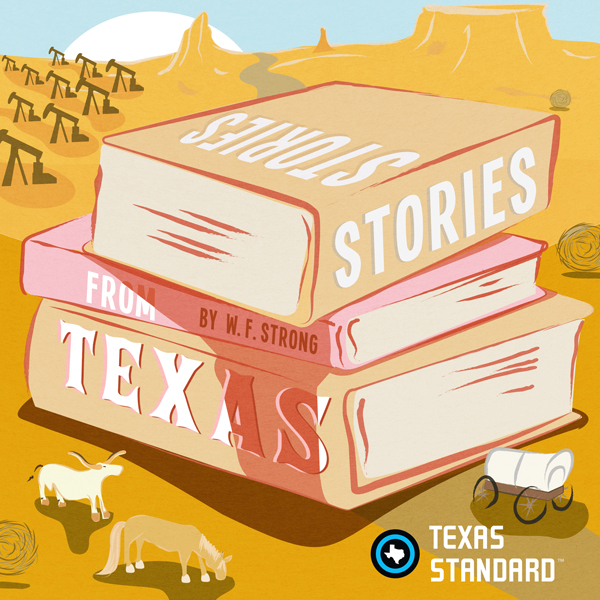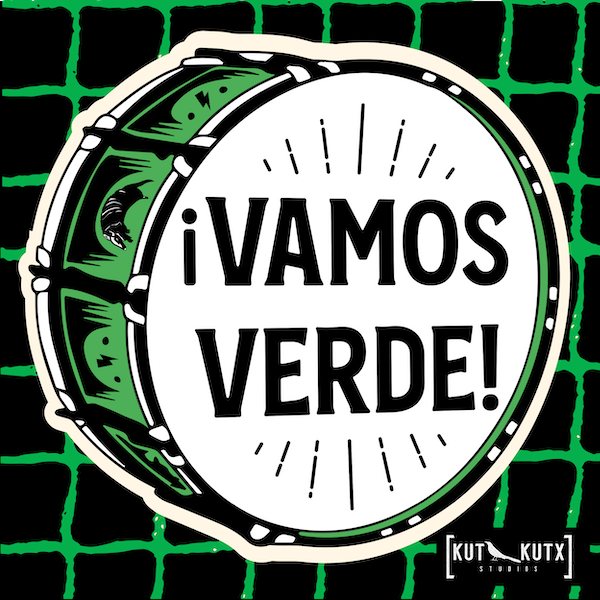April 18, 2018
Episodes
September 24, 2025
Texas Standard commentator W.F. Strong has met a lot of Texans throughout the years. Some have shared bits of history from the Lone Star State. Some have recalled old family traditions or news of certain oddities. But others have imparted on him some unique problem-solving skills. This story tells of two old friends and their […]
September 11, 2025
Texas Standard commentator W.F. Strong reminds us of a time you’ll find particularly in rural Texas – Cowboy Time.
August 13, 2025
The start of the school year means it’s the end of summer travel season for many families. As Texans well know, depending on where you live in the state, it can take longer to travel out of it than to cross several state lines beyond our borders. Texas Standard commentator W.F. Strong reflects on coming […]
July 16, 2025
There are a few symbols so deeply woven into the fabric of Texas that they seem as native as mesquite or bluebonnets. One of them is the Stetson hat. Not just any Stetson hat – the Boss of the Plains. Texas Standard commentator W.F. Strong says that oddly enough, it didn’t come from Texas at […]
July 2, 2025
Creative smuggling when Texas was a republic
If there’s one thing the Texans of the early republic never lacked, it was imagination – especially when it came to dodging tariffs and taxes. Texas Standard commentator W.F. Strong explains.
May 21, 2025
Back in frontier times, it was the most deeply feared moon in Texas and northern Mexico.
April 23, 2025
New York aids Texas Revolution
This bit of history really does seem too strange to be true. It involves the family of John Wilkes Booth, the son of Abraham Lincoln, and Sam Houston.
April 2, 2025
Growing up in Texas, WF Strong found that whistling played a important role in his life. But there are many ways to whistle. He explores a few of them.






The Worst Land Survey in U.S. History
By W. F. Strong
You can never underestimate the value of a good friendship forged early in life. If not for such a friendship, Texas would be nearly 1,000 square miles smaller.
Before I get to the friendship, come with me up to the northwest corner of the panhandle where Texas meets Oklahoma and New Mexico. If you were looking at a map you would see that the border between Oklahoma and New Mexico doesn’t meet up exactly with the border between Texas and New Mexico. The line makes a jog to the left. It goes 2.3 miles left before heading straight south. That jog is the result of a survey error that some have called the worst survey error in U.S. history. But it isn’t just a two mile error – that error gets bigger as it continues south 310 miles to the bottom Texas-New Mexico corner, where it turns west and heads for El Paso. All total the mistake amounts to a 942 square mile error, a land mass bigger than Houston, though long and skinny, like a gerrymandered voting district.
In truth, that land should have gone to New Mexico. That was what was supposed to happen when Texas sold off its northern and western territories for ten million dollars in 1850. The border between Texas and the New Mexico Territory was to be exactly along the 103rd Meridian. When the official survey was undertaken, almost ten years later, there was a problem with water,, Indians, stars, algebra and math, which all contributed to the error that ended up a blessing for Texas.
Naturally, there’s quite a good long story behind the mistake. It is far too complex for these few minutes. I will give you the “cut to the chase version.”
A man named John H. Clark was hired to do the survey and plant the monuments along the 103rd meridian. He started from the south and surveyed northward until he ran out of access to water. So he stopped and said, “I’ll just go up to the north end of Texas and come down.” So he did.
Clark started again northwest of present day Dalhart and headed south until the native Americans frightened him off. Though he was about 70 miles from connecting his two lines, he figured it was good enough and turned in his work. His two lines wouldn’t have intersected anyway. The problem was his northern starting point was about 2.3 miles west of where it should have been and his southern corner was nearly 3.8 miles west of where it should have been. Consequently, that border slides imperceptibly 1 ½ miles ever so gently southwest over a distance of 310 miles. Pull up a google map on your phone and align the southeastern corner of New Mexico with your left straight-edge phone border. You will see that the border slants off to the right up at the top. That’s the error. It amounts to 603,348 acres. About ¾ the size of the King Ranch.
Well, nobody knew it was wrong and so the bad survey based on poor calculations was certified by the U.S. in 1891 and it became the legal boundary.
By the time New Mexico was about to get statehood with the Enabling Act of 1910, it had become aware of Clark’s error and slipped into the statehood law a clause saying that the eastern boundary would be the true 103rd meridian. New Mexico would get its land back. All was going well and nobody was paying attention to the land grab except for John Farwell, who was an original investor in the XIT ranch. Those were the same investors who essentially built our state capital in Austin. Well, he realized that the XIT would lose hundreds of thousands of acres (and mineral rights) if the New Mexico plan went through as it was.
He couldn’t get any legislators to listen and so he did what we all do in times of trouble: he said, “Who do I know?” Just so happened that he knew President William Howard Taft. They had been good friends during their college years at Yale. So he went to see his old buddy, Howard. He explained the predicament and Taft immediately summoned powerful men to his office and told them that the Clark border would be the legal border when New Mexico was made a state or it wouldn’t be made one. He said that since the boundary had existed for more than fifty years, and had been certified 20 years before, it had to be grandfathered in. Otherwise, people who believed they were Texans would suddenly be in New Mexico and litigation over land titles would never end.
And that is how a survey error, and an old friendship ended up making Texas almost a thousand square miles bigger than it was supposed to be. Once again, it’s all about who you know.
A final note of interest. There is a town out in the Panhandle called Farwell, Texas. It’s just a few feet on the Texas side of the border with New Mexico. It is named after John Farwell. Had he failed to convince Taft to keep the old border line, the town named for him would have become Farwell, New Mexico.
Sources:
Brock, Ralph H. “Perhaps the Most Incorrect of any Land Survey in the United States”
Southern Historical Quarterly, April 2006, pp. 431-462.
Haley, J. Evets. The XIT Ranch of Texas and the Early Days of the Llano Estacado, University of Oklahoma Press, 1953.
Hoover, Mike. “The Southeast Corner of New Mexico.” The Texas Surveyor, May, 2015, pp. 16-23.